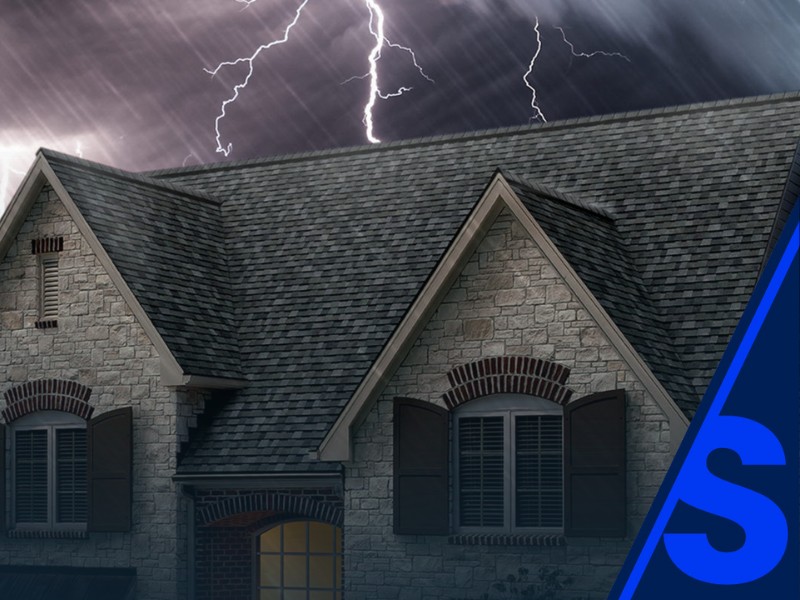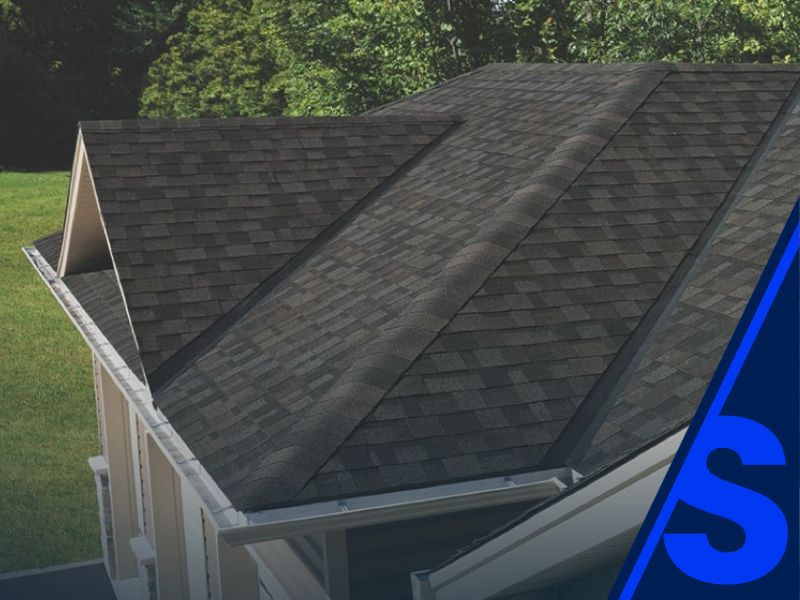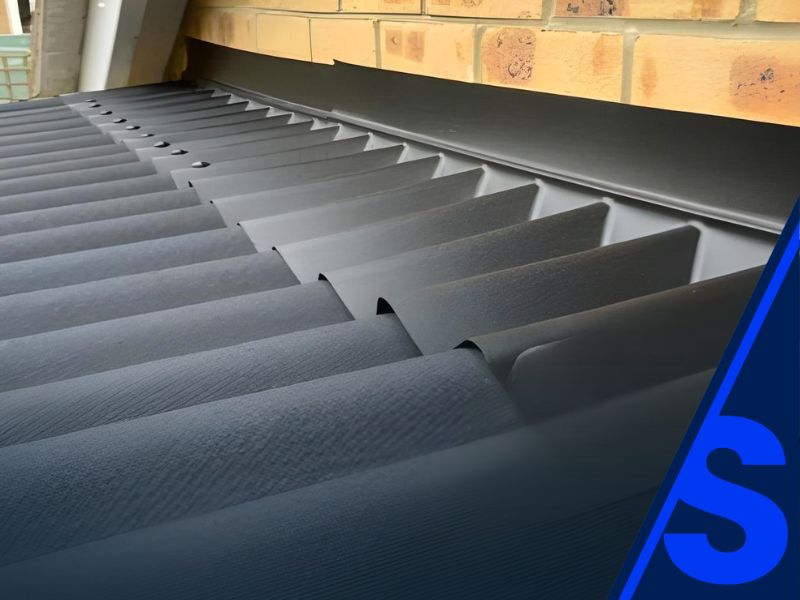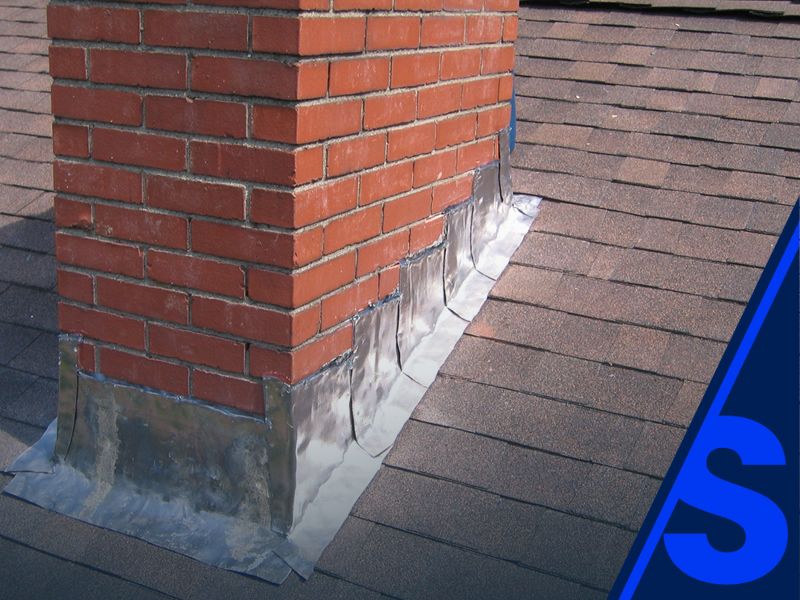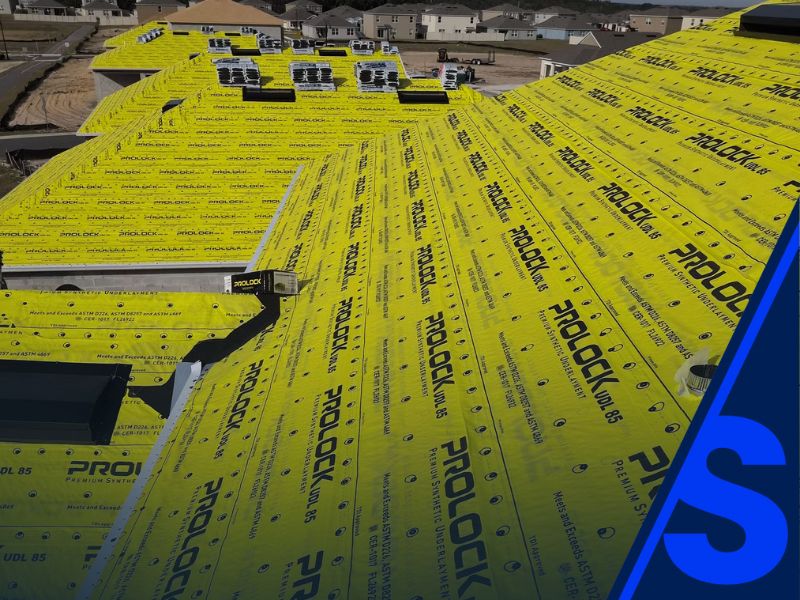Table of Contents
Introduction
Florida’s storm season is no small matter. With hurricanes, tropical storms, and high-wind events hitting the state every year, developers must consider more than just aesthetics when designing residential roofs. A storm-tested roofing design isn’t a luxury—it’s a necessity.
As a leading roofing contractor in Florida, CitySide Roofing works closely with developers to ensure that every roof installed is built with resilience in mind. For high-density developments and new builds alike, having durable, code-compliant roofing systems helps safeguard investments, protect future residents, and reduce post-storm repair costs.
This article explores what goes into storm-tested roofing for Florida developments, best practices for home builders, and how to stay ahead of state regulations and seasonal threats.
Why Storm-Ready Roofing Matters in Florida
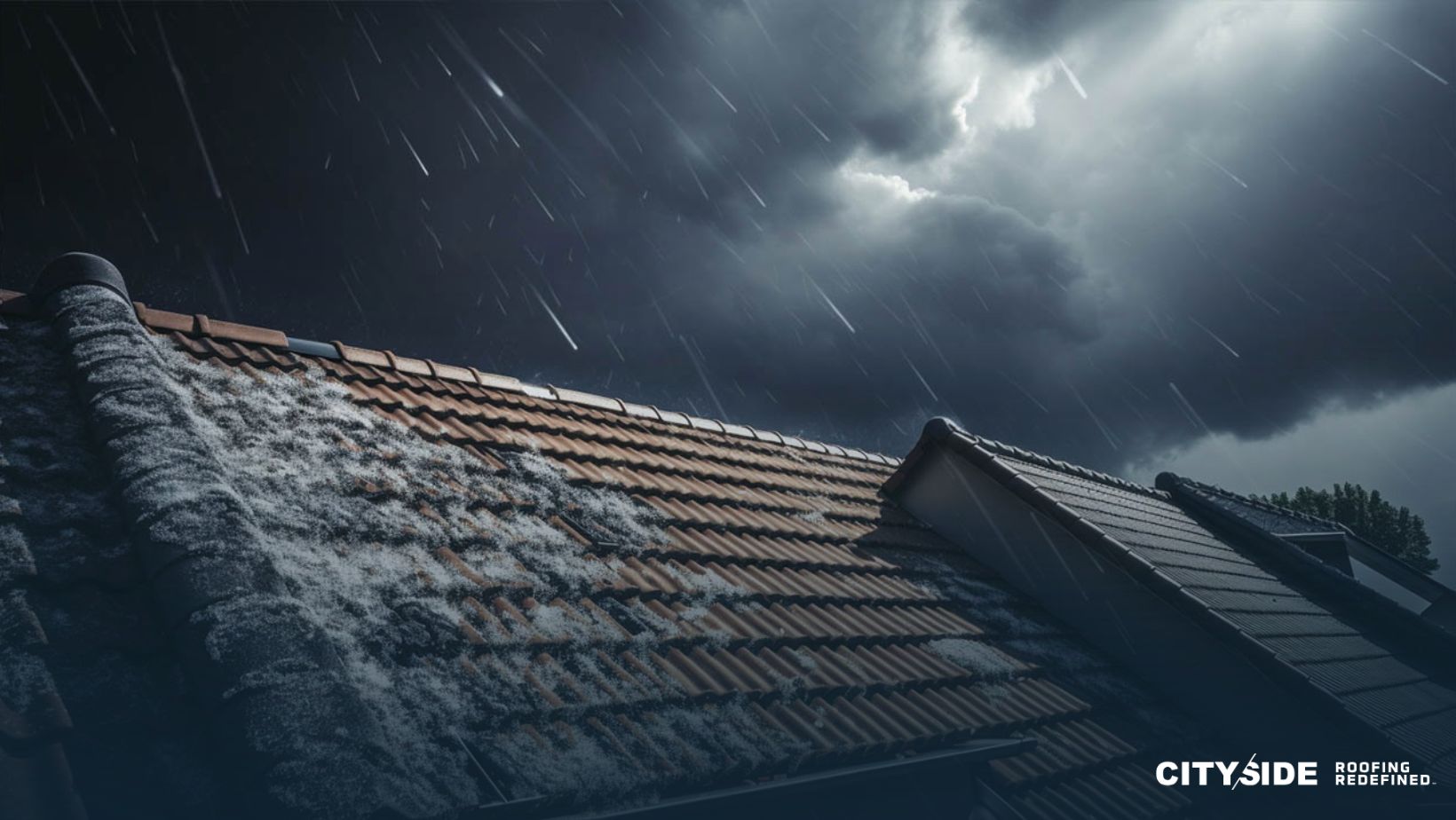
Florida ranks among the most hurricane-prone states in the U.S., with billions in property damage occurring annually due to wind and water intrusion. For developers, this means two things:
- Roof failures can result in significant liability and insurance complications.
- Investing in strong, storm-tested Florida roofs adds long-term value and peace of mind for both builders and homebuyers.
As the state continues to update building codes to reflect the growing intensity and frequency of storms, developers must stay proactive. Choosing the right materials, designs, and construction partners is key to creating properties that hold up when the weather turns severe.
Key Elements of Storm-Tested Roof Designs
3.1 High-Wind Rated Roofing Materials
Florida’s building codes require roofing systems to meet wind uplift standards that vary by region. Especially in coastal zones, developers must use materials rated to resist gusts up to 160+ mph.
Recommended Materials for Storm-Ready Roofs:
- Architectural Asphalt Shingles: Thicker than 3-tab shingles and rated for high winds.
- Metal Roofing: Interlocking panels provide superior wind resistance and longevity.
- Concrete and Clay Tile: Durable and storm-resistant when properly fastened.
- TPO and Modified Bitumen Roofing: Excellent for flat or low-slope roofs in multi-unit projects.
As a trusted roofing contractor in Florida, CitySide Roofing can recommend materials that meet regional code requirements and offer long-term durability for residential developments.
3.2 Hurricane-Resistant Roof Shapes
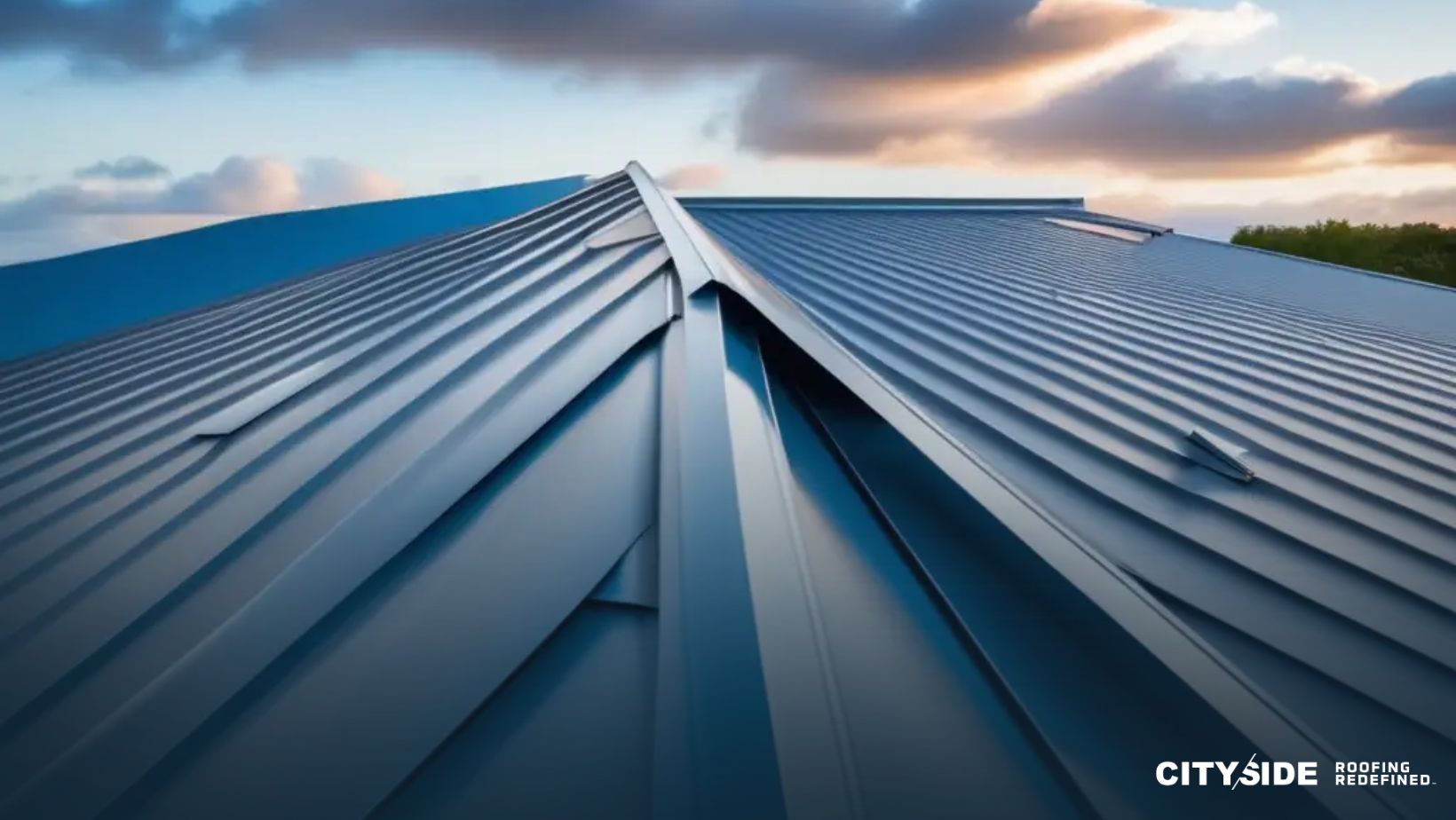
Roof shape plays a major role in wind resistance. Certain designs naturally perform better during storms, helping reduce wind uplift pressure and material displacement.
Preferred Roof Shapes in Storm Zones:
- Hip Roofs: Sloped on all sides, they offer better wind deflection and fewer vulnerable edges than gable roofs.
- Low-Slope Roofs: Less prone to wind uplift when installed with reinforced materials.
- Monolithic Designs: Simpler rooflines have fewer failure points and reduce debris-related damage.
CitySide Roofing offers expert design consultation to help developers select the most storm-ready roofing shapes while maintaining architectural cohesion.
3.3 Reinforced Underlayment and Fastening Systems
A roof’s defense doesn’t stop at the shingles. What lies beneath is equally critical—especially during a storm.
Storm-Resistant Reinforcements Include:
- Synthetic Underlayment: Tear-resistant and water-repellent, it performs better under extreme conditions than traditional felt.
- Ring-Shank Nails or Screws: These create stronger mechanical bonds than staples or smooth nails.
- Adhesive Fastening Systems: In some zones, self-adhering underlayment and flashing tapes are required to prevent moisture infiltration.
As a professional roofing contractor in Florida, CitySide Roofing installs every layer with the highest attention to wind zone ratings and durability standards.
3.4 Proper Drainage Design for Heavy Rain
Heavy rain is a given in Florida, and poor drainage is one of the most common causes of roof failure. Developers must ensure their designs can move water efficiently off the roof without pooling or backup.
Drainage Best Practices Include:
- Sloped Roofing: Even low-slope designs need a minimal pitch to prevent standing water.
- Oversized Gutters and Downspouts: Capable of managing large volumes of rain quickly.
- Scupper and Internal Drain Placement: Particularly important for flat roofing systems.
CitySide Roofing helps builders evaluate drainage needs and implement custom solutions that match building scale and roof type.
3.5 Secondary Water Barriers
Secondary water barriers serve as a backup defense against leaks when the outer roofing material is damaged or blown off. These barriers are now required by Florida Building Code in many hurricane zones.
Types of Water Barriers Used:
- Peel-and-Stick Membranes: Applied over the deck to seal around nails and prevent water intrusion.
- Self-Adhered Flashing Tapes: Protect seams, valleys, and roof penetrations from water exposure.
- Ice & Water Shield Products: Though not needed for ice in Florida, they are effective against wind-driven rain.
CitySide Roofing ensures these critical systems are integrated properly into every roof build for complete storm protection.
Florida Roofing Codes and Compliance for Developers
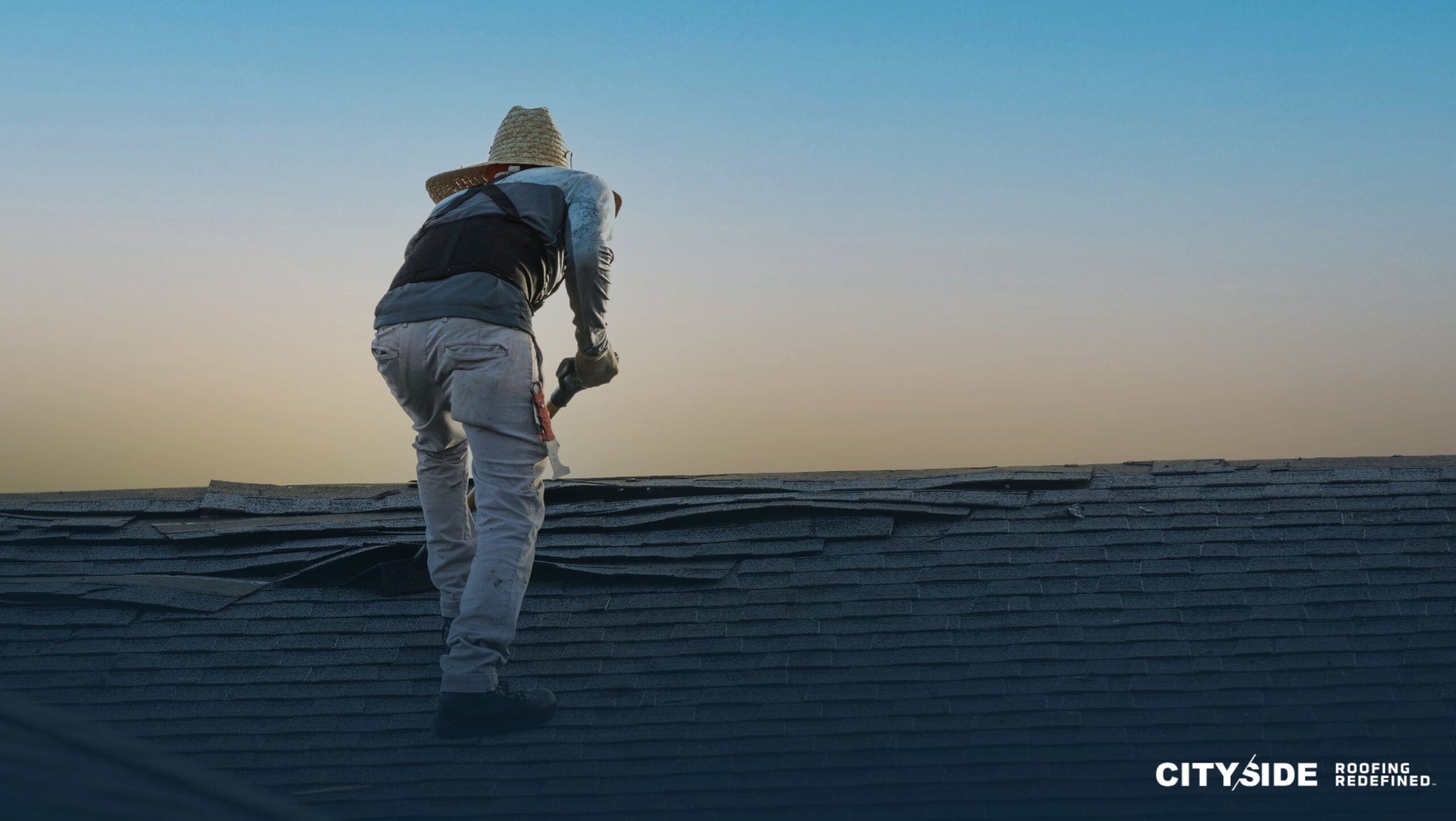
Florida has among the strictest roofing regulations in the country. From material testing to installation requirements, builders must meet evolving standards that aim to minimize storm damage and increase occupant safety.
Key code areas include:
- ASCE 7 Wind Load Design: Determines uplift pressures based on location and building height.
- Florida Product Approval: All roofing products must be approved for use in Florida and listed in the state’s product registry.
- Roof Deck Attachment: Minimum nail patterns and fastening requirements are outlined in the Florida Building Code (FBC).
- Secondary Water Resistance: Mandatory in High-Velocity Hurricane Zones (HVHZ).
CitySide Roofing stays current on all Florida roofing codes, ensuring that your development is compliant and inspection-ready. Our team collaborates directly with builders during planning and implementation to avoid delays or rework.
The CitySide Roofing Advantage for Florida Builders
For developers, the choice of roofing contractor can make or break a project—especially during storm season. CitySide Roofing offers more than just materials and installation. We provide storm-ready expertise backed by years of experience and local knowledge.
Why Developers Partner with Us:
- ✅ Extensive Work with New Construction: From large-scale subdivisions to custom townhome clusters.
- ✅ Regulatory Know-How: We keep you in full compliance with Florida’s evolving codes.
- ✅ Premium Storm-Resistant Materials: Sourced from industry-leading manufacturers.
- ✅ Dedicated Project Management: Ensuring timely execution and professional oversight.
- ✅ Expert Consultations: We help developers choose roof designs that balance aesthetics, budget, and performance.
Whether you’re building in Tavares or anywhere in central Florida, we’re the go-to roofing contractor in Florida for storm-season preparation and beyond.
Conclusion
For Florida developers, storm-tested roof designs aren’t optional—they’re essential. Every year brings a new storm season, and the risks to residential developments are real. From reinforced materials to wind-smart roof shapes and code-compliant installations, there are countless ways to protect your investment from the top down.
Partnering with CitySide Roofing, a trusted professional roofing contractor in Florida, means working with a team that understands the stakes. We build roofs that stand up to storms and support builders through every phase of construction.
Contact CitySide Roofing today to discuss your upcoming development and make sure your roofs are storm-season ready.
Related Reading: The Importance of Early Collaboration with Roofing Experts
